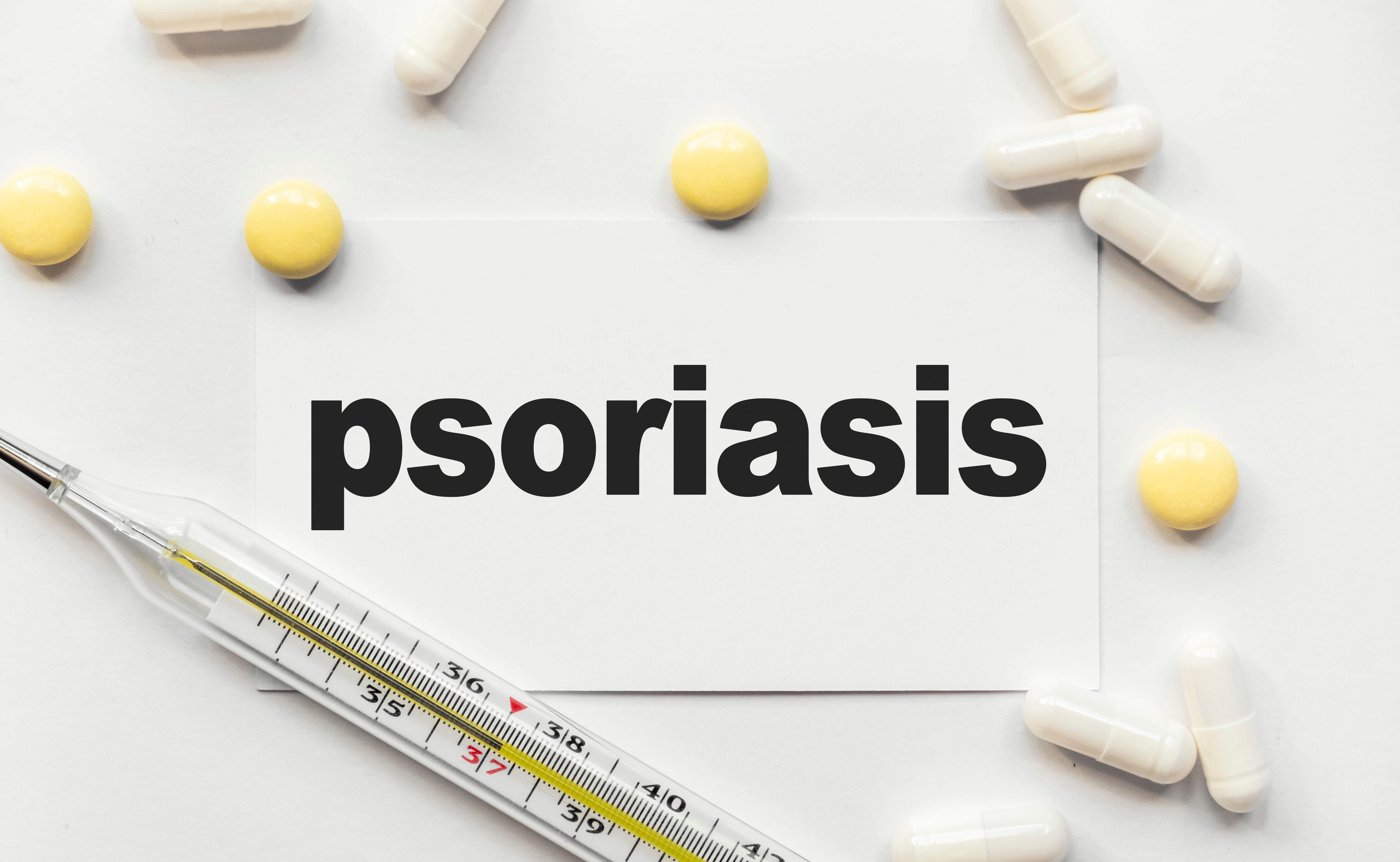Article
Dose Reduction of Biologics to Treat Psoriasis Exhibits Inferior Efficacy to Normal Dose
Author(s):
Dose reduction of biologics adalimumab, etanercept, and ustekinumab was not shown to be as effective as providing the usual doses for treatment of psoriasis, according to study findings published today.
Dose reduction (DR) of biologics adalimumab, etanercept, and ustekinumab was not shown to be as effective as providing the usual doses for treatment of psoriasis, according to study findings published today in JAMA Dermatology.
The use of biologics for treatment of psoriasis has greatly expanded in the past decade, with several FDA-approved agents now available in the US market. However, the study authors note that the long-term immunosuppressive effects of biologics may not be without risk. Additionally, the high price of biologics stresses the need for patients to receive cost-efficient doses.
In previous studies, withdrawal of biologics has frequently led to relapse of psoriasis. Conversely, other studies examining DR in patients with psoriasis suggest that providing lower cumulative exposure did not result in losing clinical efficacy; however, these studies were not randomized and lacked a control group.
The researchers of the JAMA Dermatology study sought to determine whether a closely monitored treatment strategy where biologic intervention is provided in a timely action to prevent persistent flares would be noninferior compared with usual care (UC) in patients with psoriasis. They evaluated 111 patients with plaque psoriasis and stable low disease activity randomly assigned 1:1 to DR (n = 53) or UC (n = 58), who were receiving treatment with biologics adalimumab, etanercept, and ustekinumab.
In the first randomized, tightly controlled noninferiority trial examining the comparative efficacy of DR and UC in patients with psoriasis, the primary outcome was the between-group difference in disease activity corrected for baseline at 12 months compared with the predefined noninferiority margin of 0.5, based on the Psoriasis Area and Severity Index (PASI) score. Secondary outcomes of the study included the PASI score, health-related quality of life (including Dermatology Life Quality Index [DLQI]), proportion of patients with short and persistent flares (defined as PASI and/or DLQI scores >5 for 3 months), and proportion of patients with successful dose tapering.
In the study findings, the median PASI score at month 12 for the DR group was a heightened 3.4 (interquartile range [IQR], 2.2-4.5) compared with 2.1 (IQR, 0.6-3.6) in the UC group, indicating a mean difference of 1.2 (95% CI, 0.7-1.8), which is larger than the predefined noninferiority margin of 0.5.
DLQI, where the higher the score, the more that quality of life is impaired, was higher in the DR group at month 12 (median DLQI, 1.0; IQR, 0.0-2.0) compared with the UC group (median DLQI, 0.0; IQR, 0.0-2.0), indicating that noninferiority (0.5) was not met in the mean difference (0.8; 95% CI, 0.3-1.3).
There were no significant differences found regarding persistent flares between both groups (n = 5), and 53% of patients in the DR group (n = 28) achieved successful dose tapering at 12 months. No severe adverse events related to DR were reported.
Although DR did not meet the noninferiority margin compared with UC, the study authors highlight that many participants were able to prolong the interval of their biologic use while maintaining low PASI and DLQI scores, with additional measurements exhibiting its safety in patients with psoriasis. “This disease activity—guided DR strategy is expected to have an effect on health care expenditures,” said the study authors.
Reference
Atalay S, van den Reek JMPA, den Broeder AA, et al. Comparison of tightly controlled dose reduction of biologics with usual care for patients with psoriasis: a randomized clinical trial [published online February 12, 2020]. JAMA Dermatol. doi: 10.1001/jamadermatol.2019.4897.





